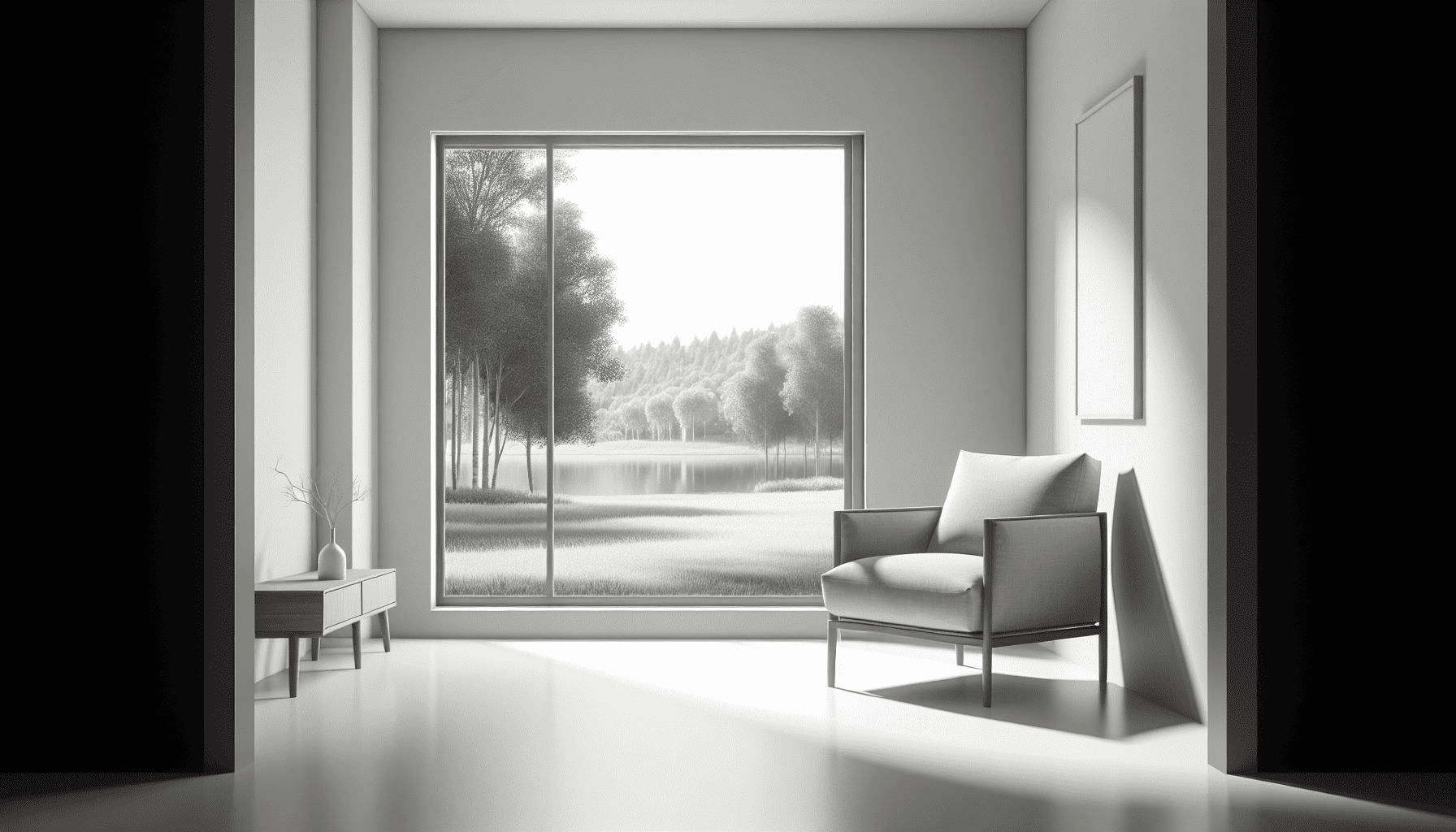Minimalism is more than just an aesthetic choice; it's a philosophy that encourages simplicity and intentionality in our living spaces. At its core, minimalism involves stripping away the unnecessary to focus on the essential, creating environments that offer clarity, calm, and a sense of freedom from clutter.
The essence of minimalism is reflected in its guiding principle: "Less is more." This does not simply imply having fewer possessions, but prompts us to carefully curate our environments with items that add genuine value and joy. A minimalist space is one where every piece serves a purpose, aesthetically or functionally, contributing to a harmonious and calm setting.
Declutter and Simplify
The first step towards adopting a minimalist lifestyle is decluttering. Begin by evaluating each item in your home and ask yourself whether it adds value to your life or space. If it doesn't, consider donating, recycling, or discarding it. The aim is to free yourself from the burden of excess and create a space that feels open and inviting.
Decluttering isn't a one-time task but an ongoing process. Regularly reviewing your possessions ensures that your space remains free of unwanted items. Embracing the idea that fewer, high-quality items outweigh a multitude of lesser, often unused products can be liberating and lead to more mindful consumption.
Adopt a Neutral Palette
Minimalism often embraces a neutral color palette—think whites, blacks, grays, and earth tones. These colors create a calming atmosphere and serve as a backdrop to highlight your essential items. Neutral tones can make your space feel more open and expansive, encouraging relaxation and reflection.
However, minimalism is flexible and personal. Incorporating small pops of color or accents can add personality to your space without overwhelming it. The key is moderation and ensuring that these additions supplement the overall serene aesthetic.
Maximize Natural Light
Natural light is an essential element of minimalist design, enhancing the sense of space and creating a warm and inviting environment. Whenever possible, maximize the light in your home by using sheer curtains, placing mirrors strategically to reflect light, and keeping windows unobstructed. This not only improves mood and wellbeing but also reduces reliance on artificial lighting.
Choose Quality Over Quantity
When furnishing your minimalist space, focus on quality over quantity. One well-crafted piece of furniture can often replace several less durable items. Opt for timeless designs that can endure changing trends and are versatile enough to adapt to various uses and arrangements.
Investment in durable materials adds longevity to your space, reducing waste and aligning with the minimalist ethos of sustainability. It's about creating less clutter through thoughtful purchases that meaningfully contribute to your living environment.
Embrace Negative Space
In minimalist design, empty space is as important as filled space. Negative space provides balance, enhances functionality, and allows the mind to rest. Resist the urge to fill every corner of a room. Instead, appreciate the simplicity and elegance that space itself brings to your home.
Simplify Decor
When it comes to decor, minimalism thrives on simplicity. Art and decorative objects should be chosen with care. Consider limiting artwork to a few select pieces that hold personal significance or artistic value. Use functional items, such as books or plants, as decorative elements that bring life into your space without cluttering it.
Mindfully Arrange Your Space
The way you arrange your belongings can have a dramatic effect on the overall feel of your environment. Strive for clean lines and uncluttered surfaces. Group similar items and arrange them symmetrically to maintain balance, ensuring that your space remains visually appealing and functionally efficient.
Transitioning to a minimalist lifestyle is a practice of mindfulness and intentionality. By focusing on the core principles of minimalism—decluttering, embracing neutral palettes, maximizing natural light, choosing quality over quantity, using negative space effectively, simplifying decor, and mindfully arranging spaces—you can transform your living environment into a sanctuary of peace and clarity. This approach not only enhances the aesthetic appeal of your home but also fosters a deeper sense of satisfaction and wellbeing in your daily life.
